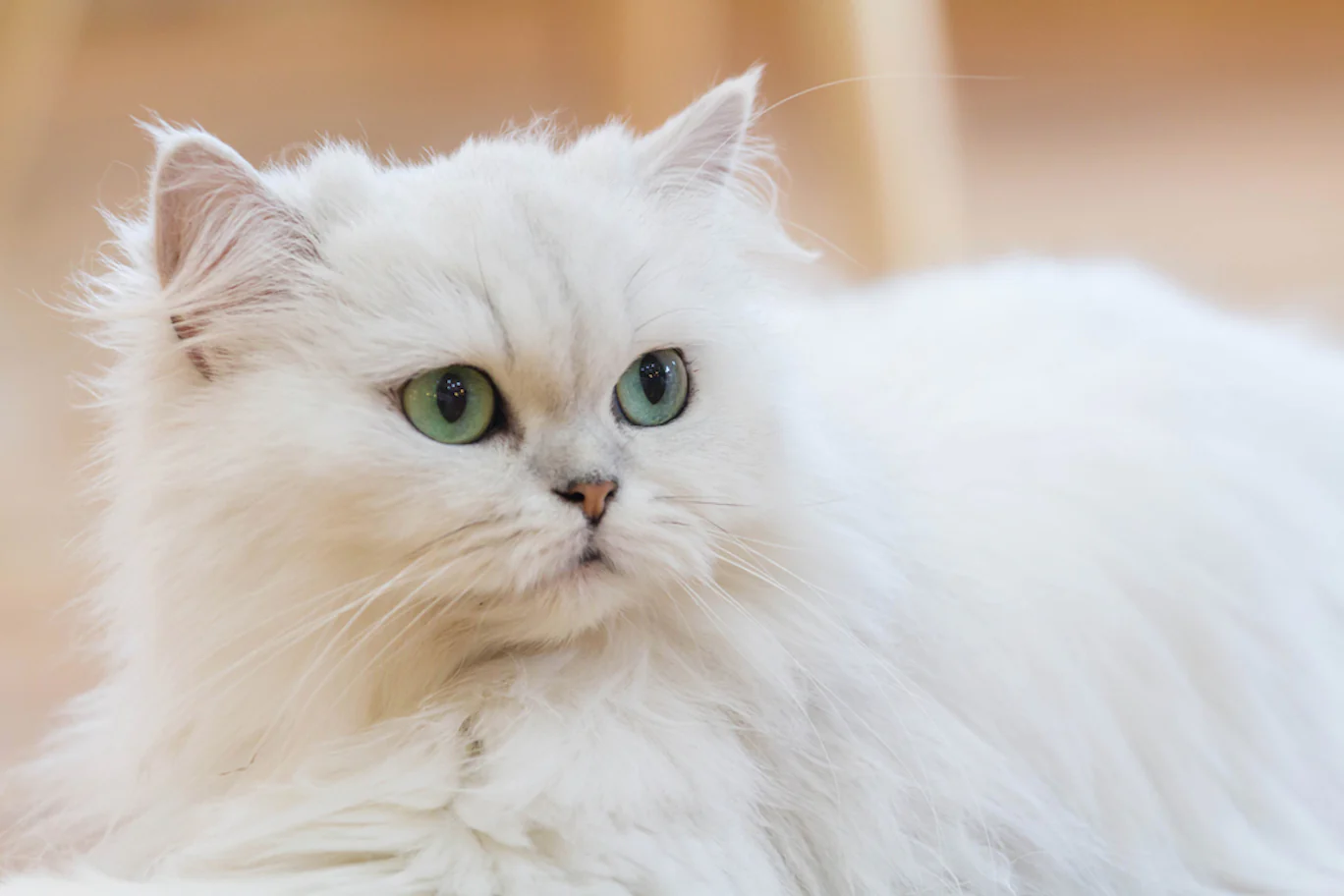Cats have woven themselves into the fabric of human civilization since ancient times,
their enigmatic presence captivating hearts
and minds across cultures.

From revered deities in ancient Egypt to cherished companions in modern households,
cats have left an indelible mark on our collective consciousness.
In this article, we embark on a journey through time,
exploring the rich tapestry of cat tales from ancient myths to modern wonders.
Ancient Egypt: Bastet, Goddess of Protection
In the pantheon of ancient Egyptian gods,
one deity reigns supreme in feline form:
Bastet, the goddess of home, fertility, and protection.
Often depicted with the body of a woman and the head of a lioness or domestic cat,
Bastet was revered as a guardian of the home and a symbol of maternal warmth.
Egyptians believed that cats embodied the spirit of Bastet,
and they were held in high esteem, even mummified alongside their human counterparts.
Medieval Europe: The Witch’s Familiar
As the Middle Ages dawned, Europe’s perception of cats took a sinister turn.
Associated with witchcraft and superstition,
cats were often seen as companions to witches,
capable of casting spells and bringing misfortune.
In the fervor of the witch hunts, thousands of cats met grisly fates,
victims of fear and paranoia. Yet, despite persecution,
cats persevered, their resilience a testament to their enduring allure.

Japan: The Beckoning Cat of Good Fortune
In the Land of the Rising Sun,
cats hold a special place in folklore as symbols of prosperity and good fortune.
The beckoning cat, or Maneki-neko,
with its raised paw and inscrutable smile,
is a ubiquitous sight in Japanese businesses and homes.
Legend has it that the Maneki-neko beckons wealth and success,
attracting blessings to those who honor its presence.
From humble charms to towering statues,
the beckoning cat continues to beckon believers into the realm of possibility.
Modern Marvels: Cats in Popular Culture
In the digital age, cats have found a new domain in the realm of popular culture,
enchanting audiences with their antics and charm.
From viral videos to meme-worthy moments,
felines have become internet royalty,
their whiskered visages gracing screens around the globe.
Platforms like YouTube and Instagram abound with cat content,
showcasing the boundless charisma of our feline friends.
In an age of digital distraction,
cats offer a purr-fect antidote to the stresses of modern life.
The Science of Cattitude: Understanding Feline Behavior
Behind every twitching tail and whisker-twitch lies
a world of feline psychology waiting to be unraveled.
Scientists have long been fascinated by the mysteries of cat behavior,
studying everything from hunting instincts to social dynamics.
While cats may seem aloof at times,
they possess a complex inner world governed by instinct and intuition.
By delving into the science of cattitude,
researchers hope to deepen our understanding of these enigmatic creatures
and forge stronger bonds between humans and their feline companions.
The Future of Feline Wellness: Innovations in Cat Care
As our understanding of feline health evolves,
so too does our approach to cat care.
From advanced veterinary treatments to specialized nutrition,
modern cats enjoy a level of wellness unimaginable to their ancestors.
Innovations in technology have revolutionized the way we monitor and manage cat health,
with smart collars, litter boxes,
and feeding systems providing invaluable insights into their well-being.
As we look to the future, the possibilities for feline wellness are boundless,
promising a world where every cat can thrive.

Conclusion: Celebrating the Timeless Legacy of Cats
From the sands of ancient Egypt to the digital frontier of the internet age,
cats have traversed the annals of history with grace and dignity.
Their tales are as varied as they are timeless,
weaving a narrative of companionship, mystery, and wonder.
As we celebrate the enduring legacy of cats,
let us honor their contributions to our lives
and cherish the bond that unites us across time and space.
FAQs
Why were cats revered in ancient Egypt?
Cats were seen as sacred animals in ancient Egypt,
often associated with the goddess Bastet who represented protection,
fertility, and home.
They were revered for their ability to keep homes free from pests
and were often mummified alongside their human counterparts.
What is the significance of the Maneki-neko in Japanese culture?
The Maneki-neko, or beckoning cat,
is a symbol of good fortune and prosperity in Japanese culture.
Its raised paw is believed to beckon wealth and success,
making it a popular talisman in businesses and homes.
Are cats really aloof?
While cats may appear aloof at times,
they are actually quite social creatures with complex behaviors and emotions.
Their independence stems from their evolutionary history as solitary hunters,
but they form strong bonds with their human companions.
How has technology impacted cat care?
Technology has revolutionized cat care with innovations such as smart collars,
litter boxes, and feeding systems.
These devices provide valuable insights into a cat’s health and behavior,
allowing owners to monitor and manage their wellness more effectively.
What can I do to strengthen the bond with my cat?
Spending quality time with your cat through play, grooming,
and affectionate interactions is essential for strengthening the bond between you.
Understanding your cat’s individual preferences
and needs will also help foster a deeper connection.

